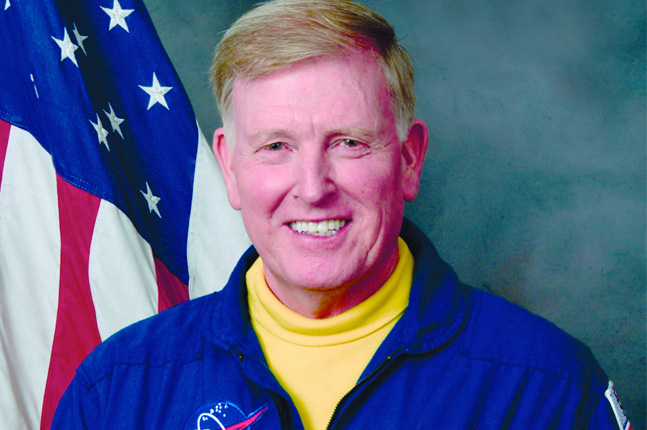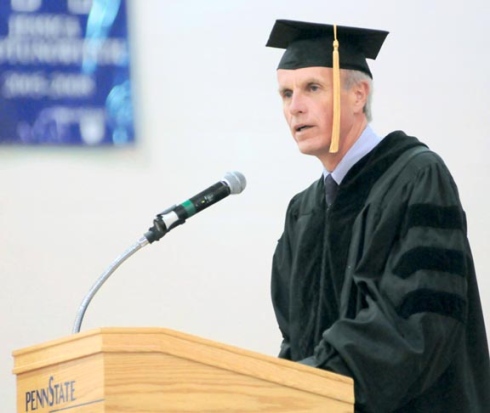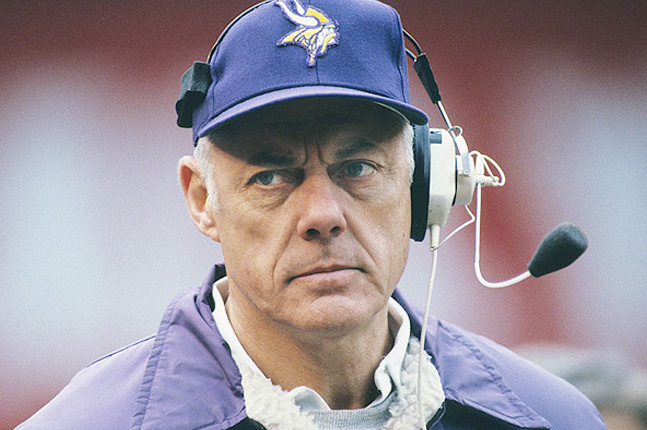Jon Andrew McBride, (Capt, USN, Ret.), is a retired American naval officer and aviator, fighter pilot, test pilot, aeronautical engineer, and a former NASA astronaut.
McBride’s naval service began in 1965 with flight training at Naval Air Station Pensacola, Florida. After being designated a Naval Aviator and receiving his wings in August 1966, he was assigned to Fighter Squadron 101 (VF-101) based at Naval Air Station Oceana, Virginia, for training in the F-4 Phantom II aircraft. He was subsequently assigned to Fighter Squadron 41 (VF-41) where he served 3 years as a fighter pilot and division officer. He has also served tours with VF-11 and VF-103. While deployed to Southeast Asia, McBride flew 64 combat missions.
He attended the U.S. Air Force Test Pilot School (Class 75A) at Edwards Air Force Base, California, prior to reporting to Air Test and Development Squadron Four (VX-4) at Naval Air Station Point Mugu, California, where he served as maintenance officer and Sidewinder project officer. He has flown over 40 different types of military and civilian aircraft and piloted the Navy “Spirit of ’76” bicentennial-painted F-4J Phantom in various air shows during 1976, 1977, and 1978. He holds current Federal Aviation Administration (FAA) ratings which include civilian commercial pilot certificate (multi-engine), instrument, and glider; and he previously served as a Certified Flight Instructor (CFI).
He has logged more than 8,800 hours flying time—including 4,700 hours in jet aircraft, and over 600 carrier landings.
Selected as an astronaut candidate by NASA in January 1978, McBride became an astronaut in August 1979. His NASA assignments have included lead chase pilot for the maiden voyage of Space Shuttle Columbia, software verification in the Shuttle Avionics Integration Laboratory (SAIL), capsule communicator (CAPCOM) for STS-5, STS-6, and STS-7, Flight Data File (FDF) Manager, and orbital rendezvous procedures development.
McBride was pilot of STS-41-G, which launched from Kennedy Space Center, Florida, on October 5, 1984, aboard the Orbiter Challenger. This was the first crew of seven. During their eight-day mission, crew members deployed the Earth Radiation Budget Satellite, conducted scientific observations of the Earth with the OSTA-3 pallet and Large Format Camera, and demonstrated potential satellite refueling with an EVA and associated hydrazine transfer. Mission duration was 197 hours and concluded with a landing at Kennedy Space Center, Florida, on October 13, 1984.
McBride was scheduled to fly next in March 1986, as the Commander of STS-61-E crew. This flight was one of several deferred by NASA in the wake of the Challenger accident in January 1986.
On July 30, 1987, McBride was assigned to NASA Headquarters to serve as Assistant Administrator for Congressional Relations, with responsibility for NASA’s relationship with the United States Congress, and for providing coordination and direction to all Headquarters and Field Center communications with Congressional support organizations. He held this post from September 1987 through March 1989. In 1988, McBride was named to command the crew of the STS-35 (ASTRO-1) mission, scheduled for launch in March 1990, but chose to retire from NASA instead.
On September 23, 2011, the NASA Independent Verification and Validation Facility (IV&V) in Fairmont, West Virginia dedicated a NASA software laboratory to the West Virginia native Jon McBride. The laboratory’s official name is the Jon McBride Software Testing and Research Laboratory, or JSTAR. JSTAR is NASA IV&V’s environment for adaptable testing and simulation, designed to enhance tools and methods used to critically assess mission and safety critical software across NASA’s missions. The lab supports end to end testing on mission flight software through the application of analytical rigor to reduce the threat of software-related mission failure.





